Laboratory 10 Physiology Of The Circulatory System
Laboratory 10 physiology of the circulatory system. This increase can be measured as pulse rate. Zebrafish work well too. Blood Pressure Measurement Objectives.
Paul Andersen shows you how to use a sphygmomanometer to measure the systolic and diastolic blood pressure. Biology - Laboratory Manual central nervous system. The circulatory system consists of the heart blood vessels and blood and delivers oxygen and nutrients to the tissues while removing carbon dioxide and waste products throughout the body.
Measuring Blood Pressure This activity illustrates the various components used to assess cardiovascular fitness including pulse rate blood pressure endurance and the baroreceptor reflex. 3292015 4 Comments What the Lab Consists of. Standing reclining after the baroreceptor reflex and.
Laboratory Physiology of the Circulatory System 10 OVERVIEW In Exercise 10A you will learn how to measure blood pressure. Feedback signals are then sent back through the autonomic nervous system to reduce arterial pressure toward the normal level. The heart is the driving force behind the workings of the circulatory system.
Physiology of the Circulatory System. PHYSIOLOGY OF THE CIRCULATORY SYSTEM. The circulatory system is responsible for carrying oxygen carbon dioxide nutrients hormones and many other substances throughout the body.
View Lab Report - Lab 10doc from PE EO301 at Yuan Ze University. We additionally come up with the money for variant types and plus type of the books to browse. The respiratory system controls gas exchange to supply the body with oxygen as it removes carbon dioxide in the lungs after passage through the nasal cavity pharynx larynx trachea and bronchus.
Paul Andersen shows you how to use a sphygmomanometer to measure the systolic and diastolic blood pressure. Slide 1 Slide 2 AP Biology Lab 10 Physiology of the Circulatory System Slide 3 Blood pressure is a measurement of the force applied to the walls of the arteries as the heart.
The respiratory system controls gas exchange to supply the body with oxygen as it removes carbon dioxide in the lungs after passage through the nasal cavity pharynx larynx trachea and bronchus.
This increase can be measured as pulse rate. In Exercise 10B you will measure pulse rate under different physiological conditions. Access Free Biology Lab 10 Physiology Circulatory System AnswersLABORATORY 10 - Physiology of the Circulatory System - 4 - HHS AP. This lab may replace or reinforce AP Biology Lab 10. TI-Nspire Lab Activity. Paul Andersen shows you how to use a sphygmomanometer to measure the systolic and diastolic blood pressure. Biology - Laboratory Manual Cardiac Rate and Physical Fitness During physical exertion the cardiac rate beats per minute increases. Biology Lab 10 Physiology Circulatory System Answers physiology circulatory system answers and collections to check out. The heart is beating very early on in development and it is easy to count the beats.
Physiology of the Circulatory System. Standing reclining after the baroreceptor reflex and during and immediately after exercise. The bodys cells rely on the circulatory system for a continuous supply of essential materials and waste removal. Human Circulatory System consists of following three components that is 1. Anatomy Physiology Overview Circulatory System Slide 2 The circulatory system is a complex arrangement of connected tubes that include arteries veins and capillaries. Cardiovascular Physiology p1 Lab 10. Paul Andersen shows you how to use a sphygmomanometer to measure the systolic and diastolic blood pressure.
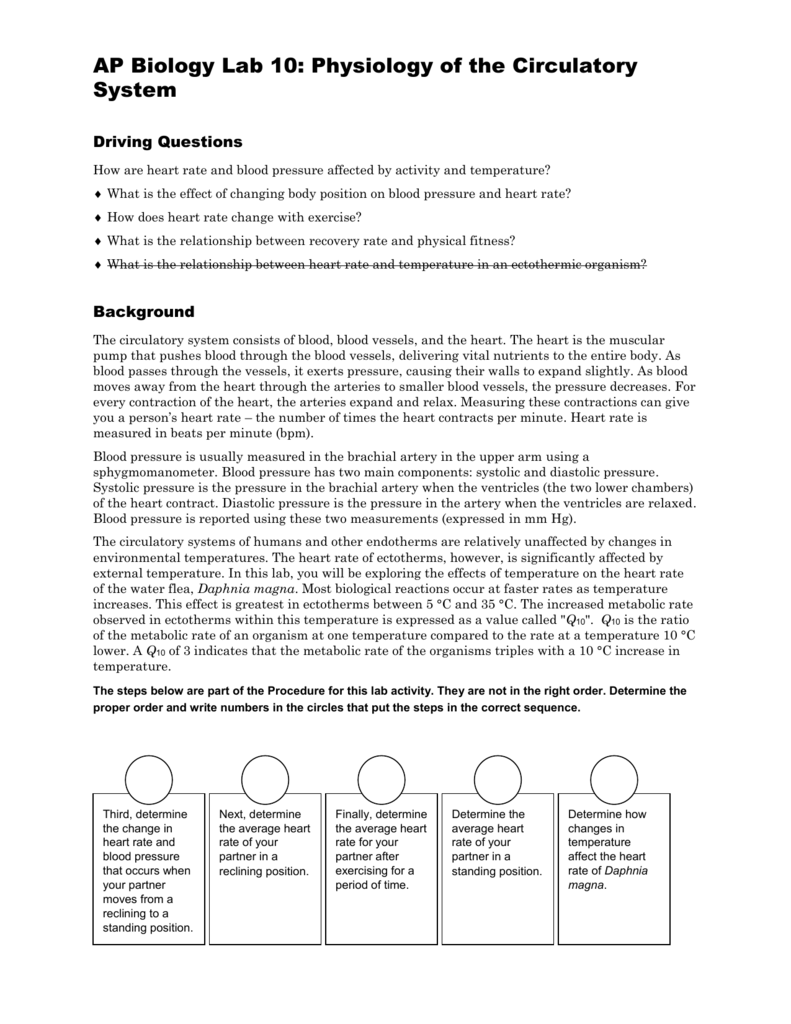




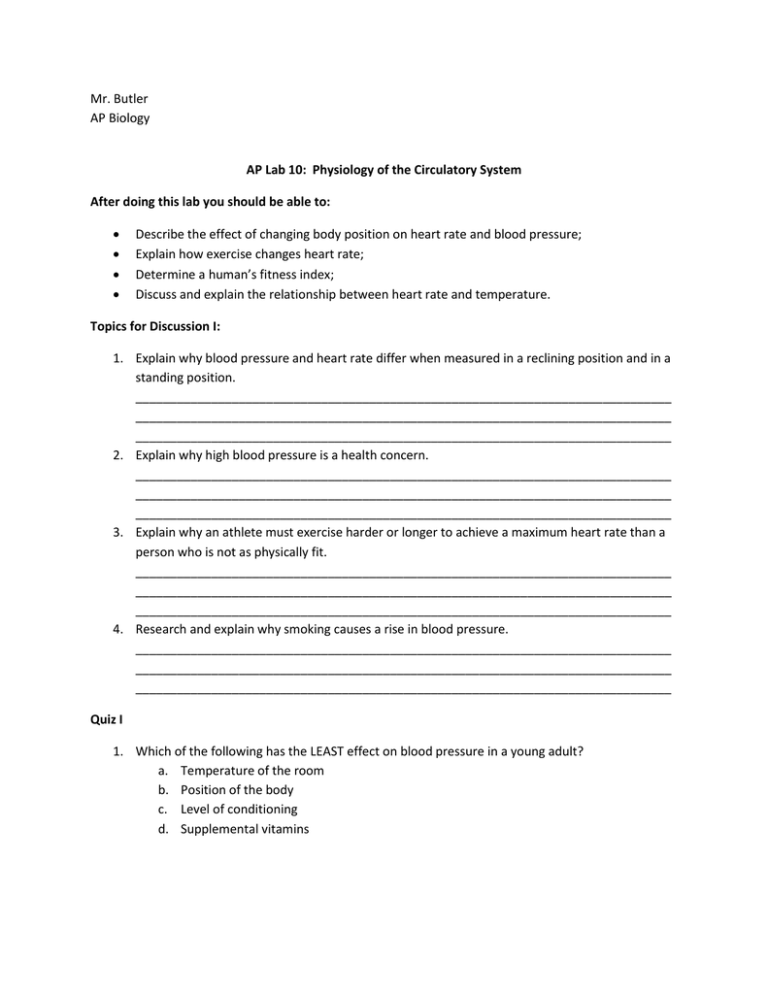
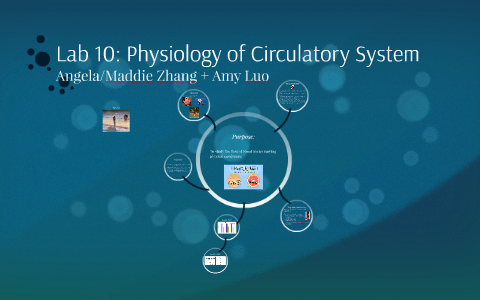




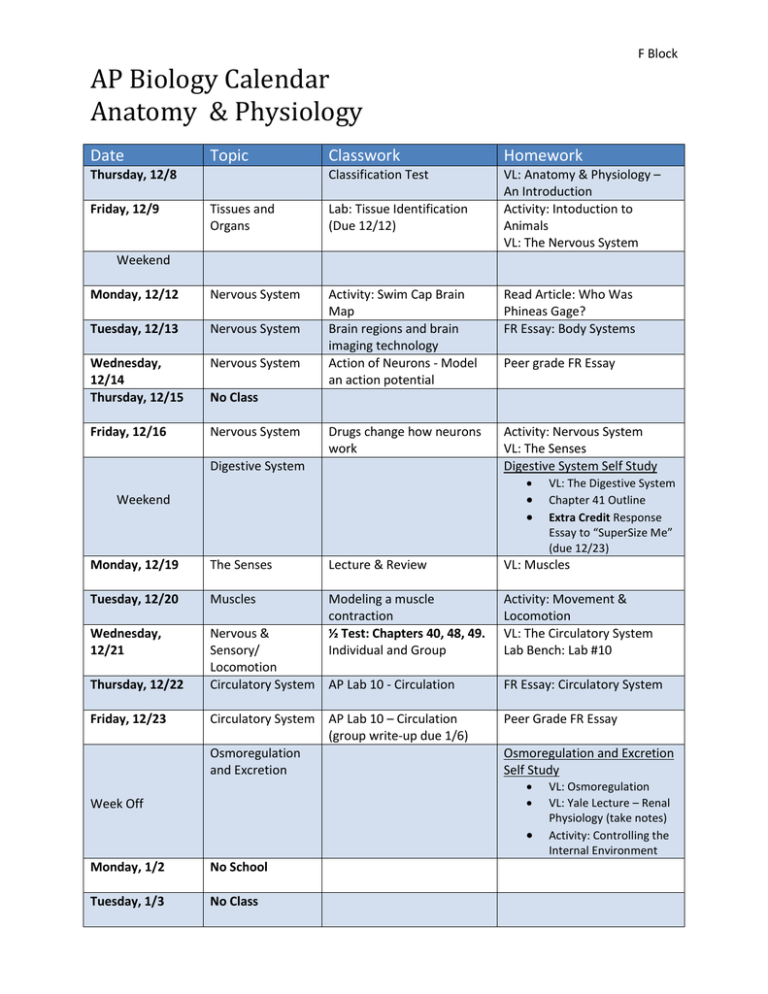








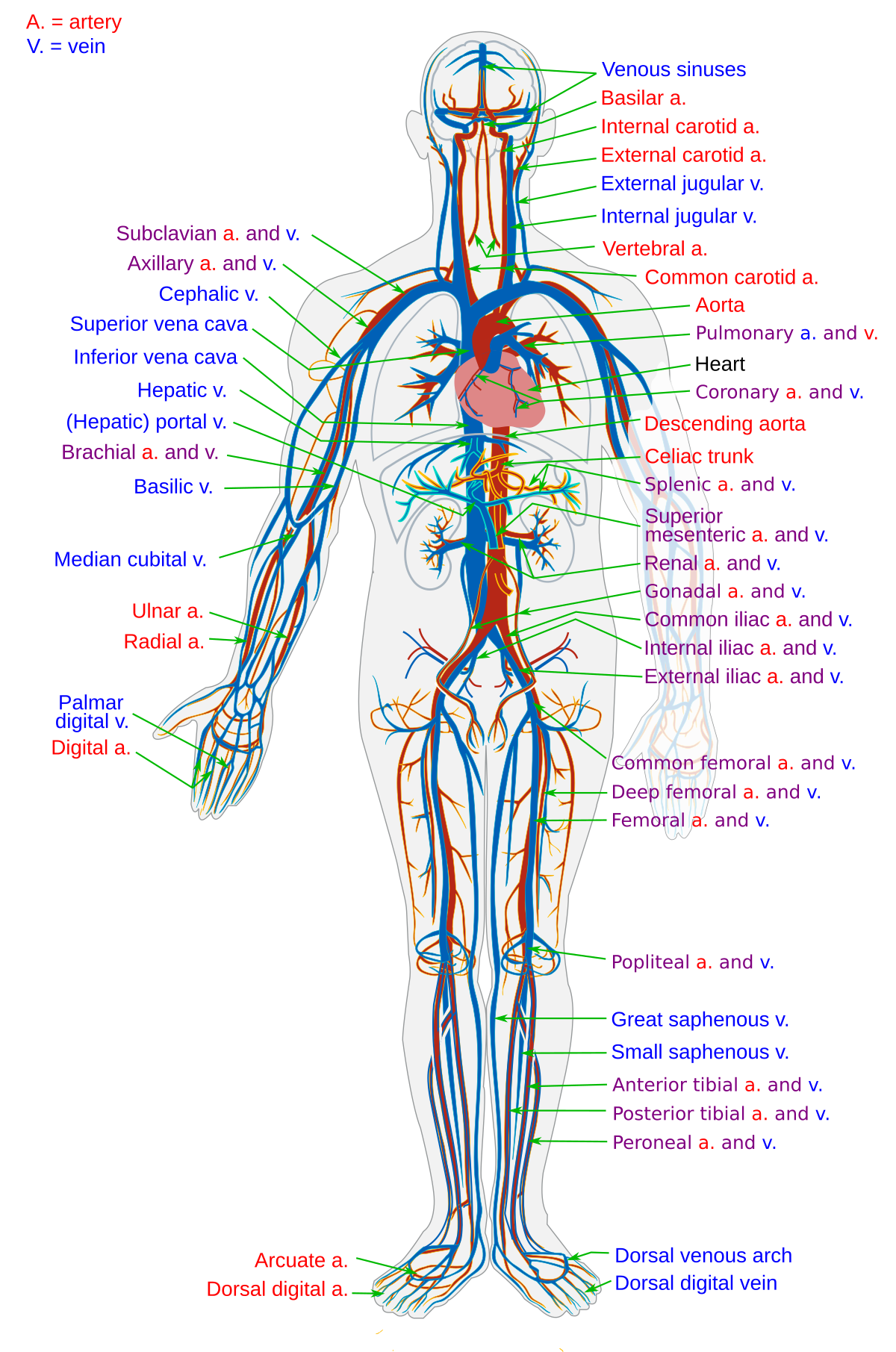

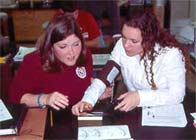

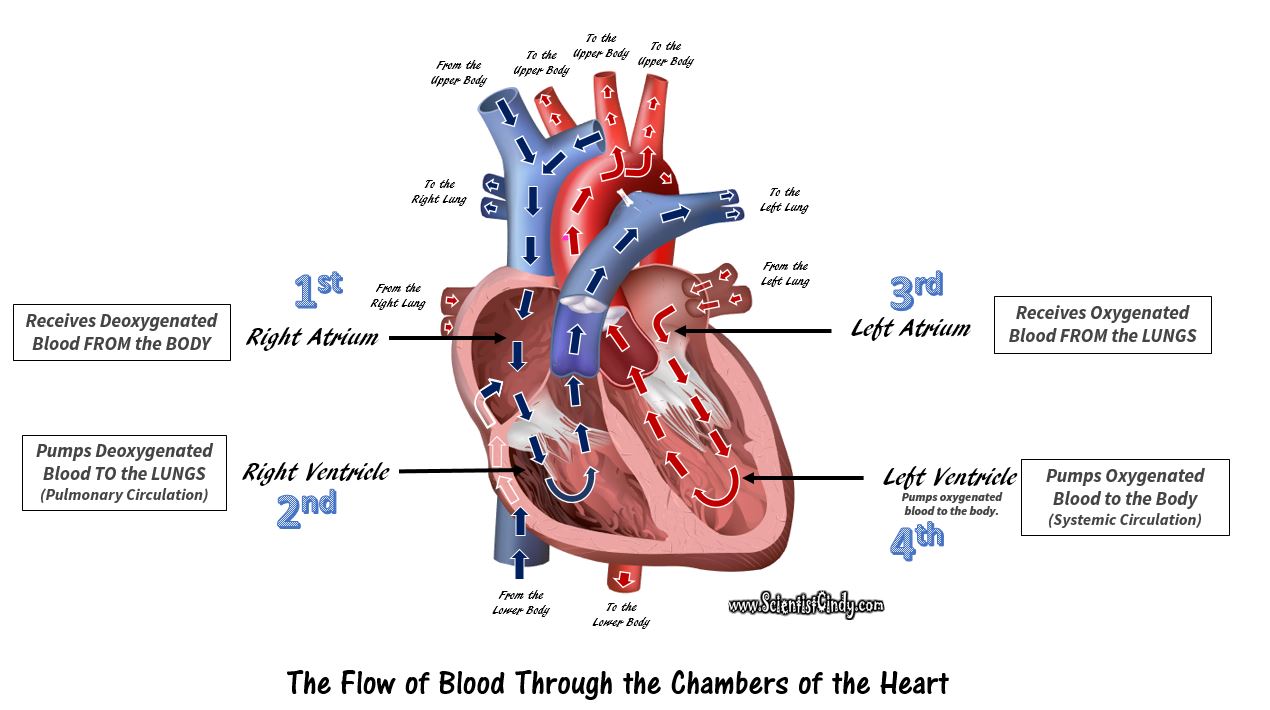


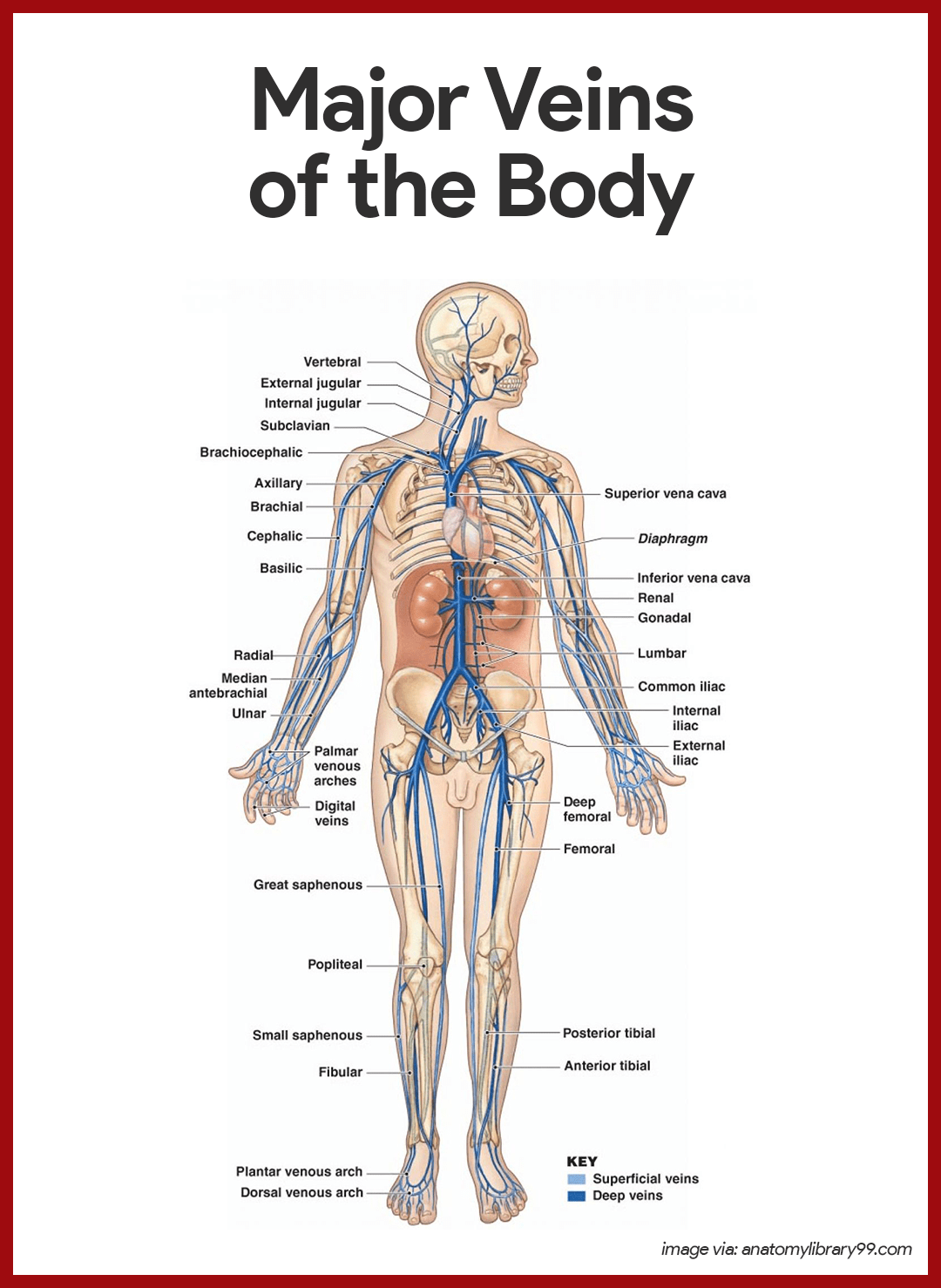


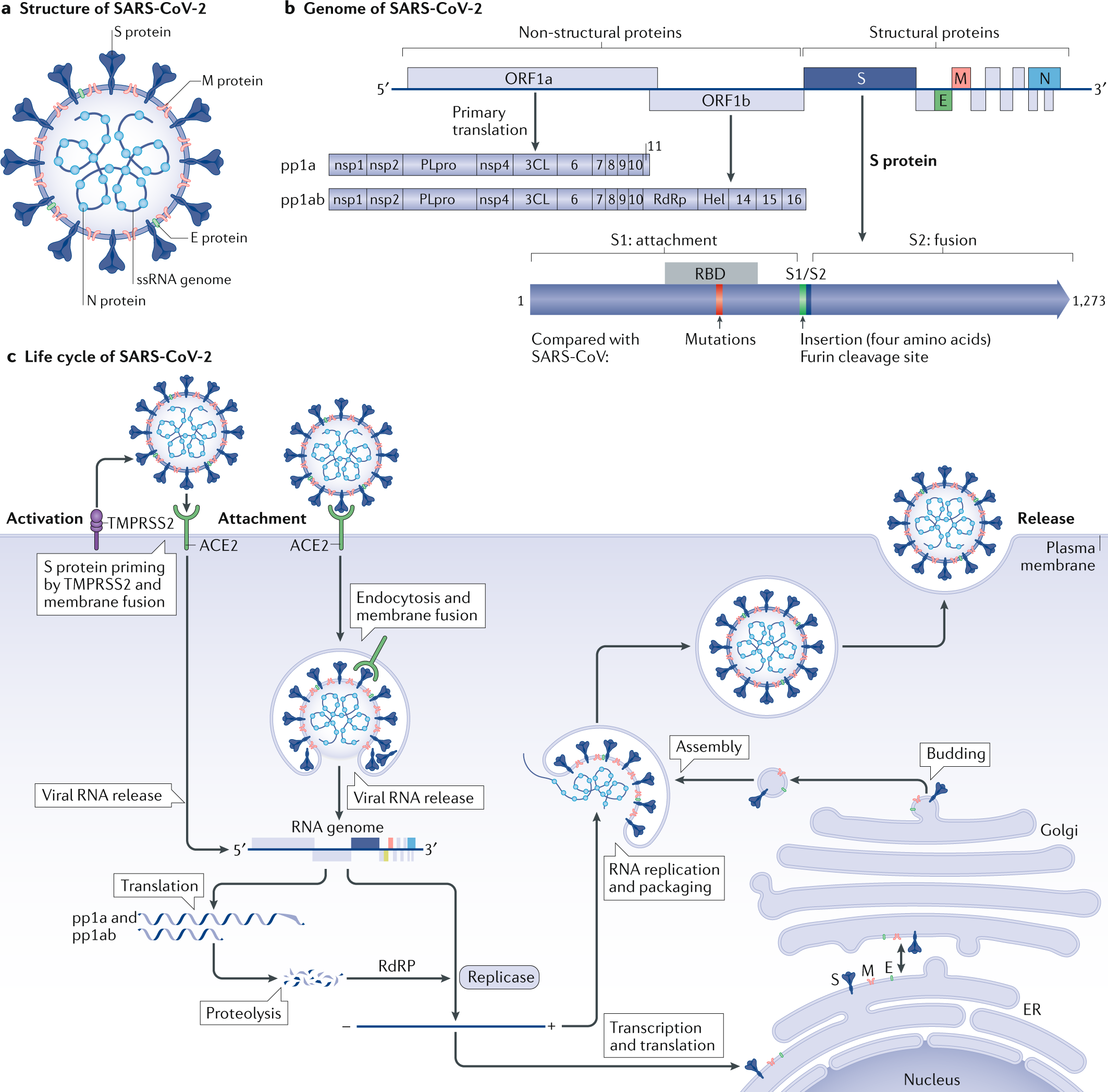
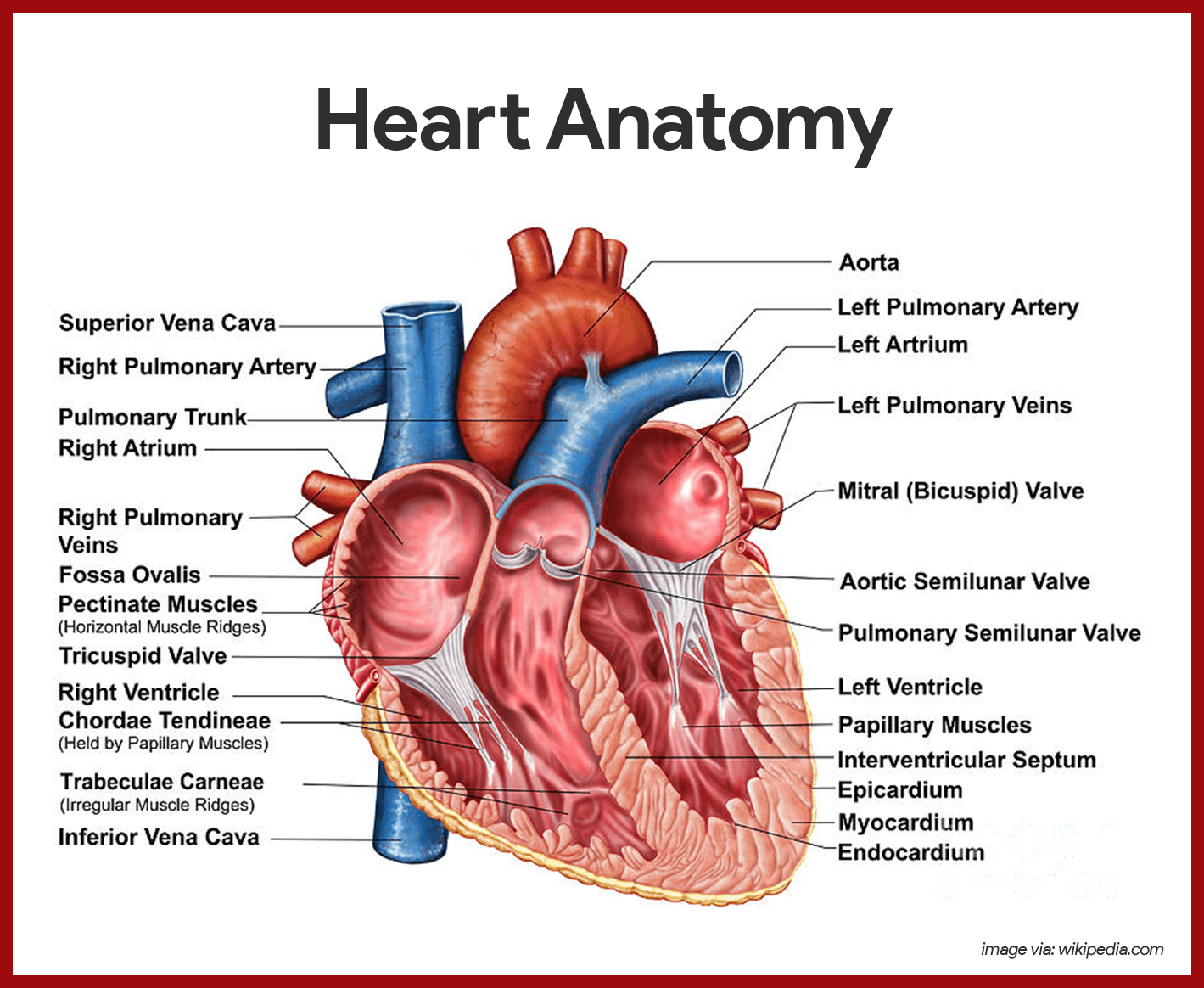






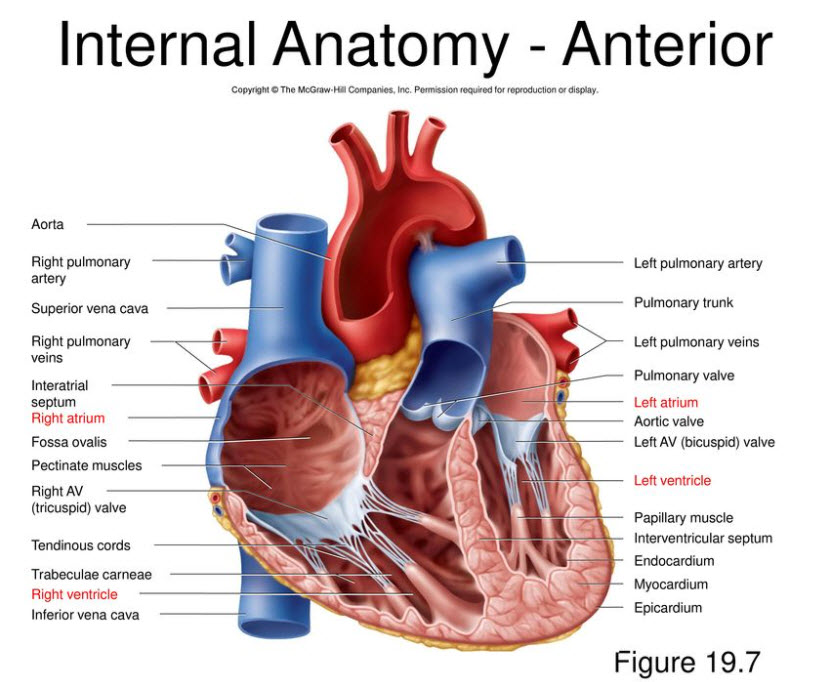

Post a Comment for "Laboratory 10 Physiology Of The Circulatory System"